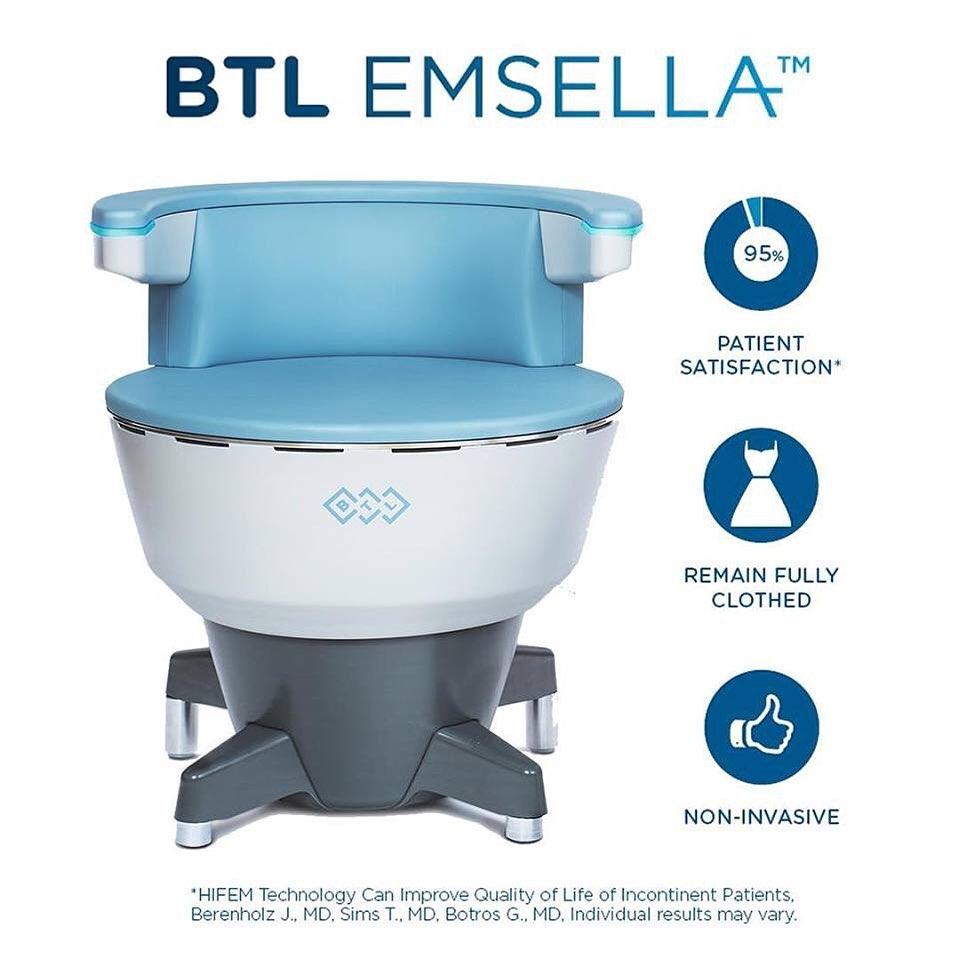


Take the first step toward achieving your aesthetic goals by scheduling a consultation with Jen Medical Aesthetics. Our expert team will work with you to create a customized treatment plan designed to enhance your natural beauty. Contact us today to learn more and book your consultation.